Okay, I feel that I have been giving short shrift lately to picture books, which as a designer are one of my first loves. I am having book guilt. So, I have decided that this is Pixie Stix Picture Book Week, and I will post a new review of one of my spring favorites each day. Enjoy!

Polo: The Runaway Book by Regis Faller
Roaring Brook; January 2007; 80 pp; $16.95 HC
978-1596431898
Core Audience: All ages; Lovers of great design; Aficionados of wordless picture books
Strengths: Lyrical story full of wonderful visual detail and charming plot twists
Those of you who have been faithful readers know how much I loved Faller’s previous book The Adventures of Polo. Published first in France, these books about a little dog with a great imagination and a bottomless backpack are among my favorite offerings of the last year.
There is so much to love about Polo, it’s hard to know where to begin. Let’s start with the design. Faller’s illustrations are crisp, engaging, and totally irresistible. He plays liberally with graphic formats, using frames, full-bleed, and white space in unexpected juxtapositions throughout the book. An unspooling ball of red yarn breaks the right hand margin, and on successive pages becomes a Family-Circle style loop-de-loop, the ground, a hill to slide down, and then the outline of two trees and a dog-eating castle. Line as path, line as ground, line as object. The book is full of these kinds of graphic transformations.
Before we even get to the title page, we have a whole wordless vignette with Rabbit buying and sending a book to Polo on his little island. Drawn only in black, white, and yellow on a tomato red background, this little prequel grabs the attention from the get go, and sucks the reader right into Polo’s world.
And what a world it is. Magical. Lyrical. Full of the most amazing things. I LOVE books that unfold in a way that takes me on an unexpected journey, and Faller has one of the most unfettered imaginations going. When Polo’s new book is stolen by a little yellow creature–(a star? an alien? a florescent dust bunny with arms?)–Polo immediately sets off from his island in hot pursuit. What follows is a delicious adventure where the chase is only half of the fun. Each development is less predictable than the last as Polo meets a cast of characters including a humongous penguin, a little pig princess, elephant belly dancers, cloud wrestlers and a genie complete with wishes. And them there are the conveyances… A rope to nowhere, a hot air balloon, a raft, a mechanical flying bird, a magic liquid mirror, a dandelion puff, and numerous ladders, holes, caves, nooks, and crannies. Really, I can’t do the book justice in words when it comes to how imaginative it is. You just have to check it out.
Although Polo’s books are officially labeled with a 4-8 age range, to dismiss them simply as picture books for the youngest readers does them a great disservice. At 80 pages, the visual complexity, unexpected plot twists, wordless storytelling, and multiple frames are quite sophisticated, and the lyricism of the story will capture the imagination of everyone who picks them up—even adults.
At this point I am going to give you my rating, and if you are just interested in the review, read no further. This book is FABULOUS, and if you like great design and visual storytelling, stop reading and go order it now.
Rating: 9.5
However, if you are interested in a little more analysis on the publishing industry, read-on….

[Begin digression into TRENDWATCH industry-speak]
For my part, although the Polo books are certainly picture books in production format, I place them in the rapidly growing category of graphic novels for children, and I think they fall on one end of a spectrum that includes things like Emmanuel Guibert & Joann Sfar’s Sardine in Outer Space series and Jeff Smith’s Bone series, which is having an incredible resurgence among elementary readers. In fact, take a good look at the publishing news right now and it’s hard to miss the buzz in this area: in 2006 graphic novels hit $330 million in sales in North America, (surpassing the comic book format), with booksellers clamoring for more titles published for kids because of the demand they’re seeing at book fairs and in stores.
Why do I bring this up? Certainly wordless picture books are not new in and of themselves. (Think Raymond Briggs’ The Snowman, Itstvan Banyai’s Zoom, or Patricia Lehman’s The Red Book and forthcoming Rainstorm.)
However, given the growth in the graphic novel category, and young readers’ increasingly sophisticated and technological world which predisposes them to a high level of visual comprehension, I think this is an exciting time to explore innovative formats and hybrids of traditional publishing forms. Polo is an excellent example of blending genres to great effect, and I expect we will see more and more of this in the kids’ market.
In fact, Roaring Brook’s children’s graphic novel imprint 01:FirstSecond, under the direction of the brilliant Mark Siegel, is on the cutting edge of producing great new graphic work for a whole range of young readers, from elementary school to the most sophisticated teens, and they are actively reaching out to educate the traditional children’s book market. Many other publishers have been launching their own graphic novel imprints for kids as well. (Do a search at Publisher’s Weekly Online for the term “Graphic Novels”, and you’ll get 58 story hits just since the first of this year.) And let’s not forget Manga, which has never been stronger in the US. In a few years we’ll be able to look back on this period as a new golden age of graphic novels, with a whole expansion of the market for kids.
So now what?
I would ask you where you fall? Do you get this genre? If you are a bookseller or a librarian, where do you shelve graphic novels for kids? Do you think it’s a real trend? Do you care?
I think it is a trend, but I also think that there is a pretty clear line between people who get this genre, and people who don’t. I’m not sure if it has to do with age or perception or relationship to technology or what.
However we can always return to the basics. A book like Polo, which straddles these worlds, is at the end of the day, a wonderful book … and comfortingly familiar for all its brilliant ambition.
Yay, Polo. Je t’aime.

For a compelling diversion, visit Polo’s magical world online at Chez Polo. It’s worth it just for the soundtrack.
____________________________________________________________________________

Order this book from your local independent bookstore
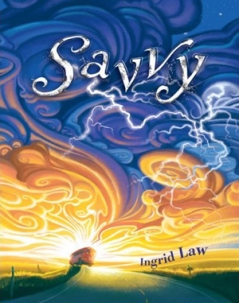





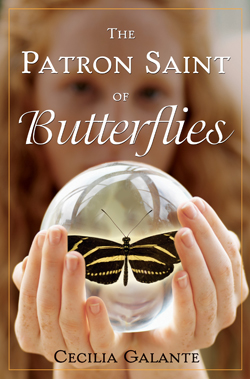






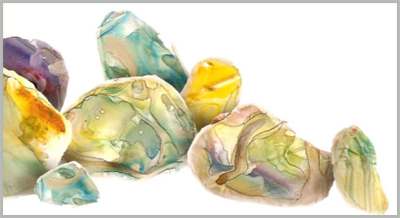


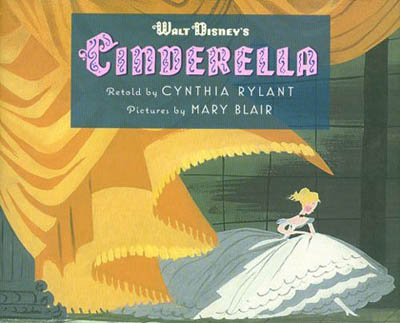



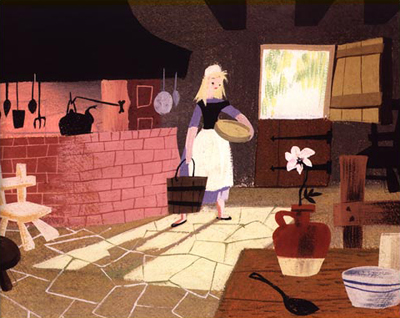








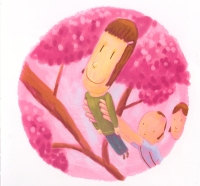

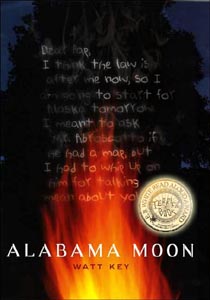




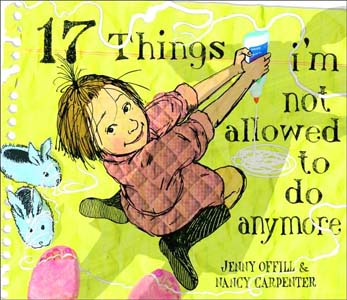


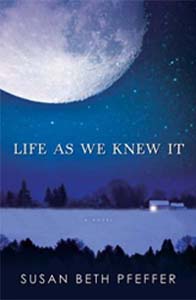

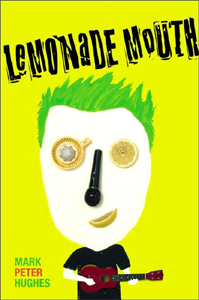


Oh wow. Thanks for this. I had no idea this was out. I’m currently reading Leonard Marcus’ Golden Legacy (about the history of the Golden Books), and there’s quite a bit about Mary Blair in there. Harry Bliss is interviewed by Marcus in one spread about his adoration for her work (he discusses I Can Fly!).